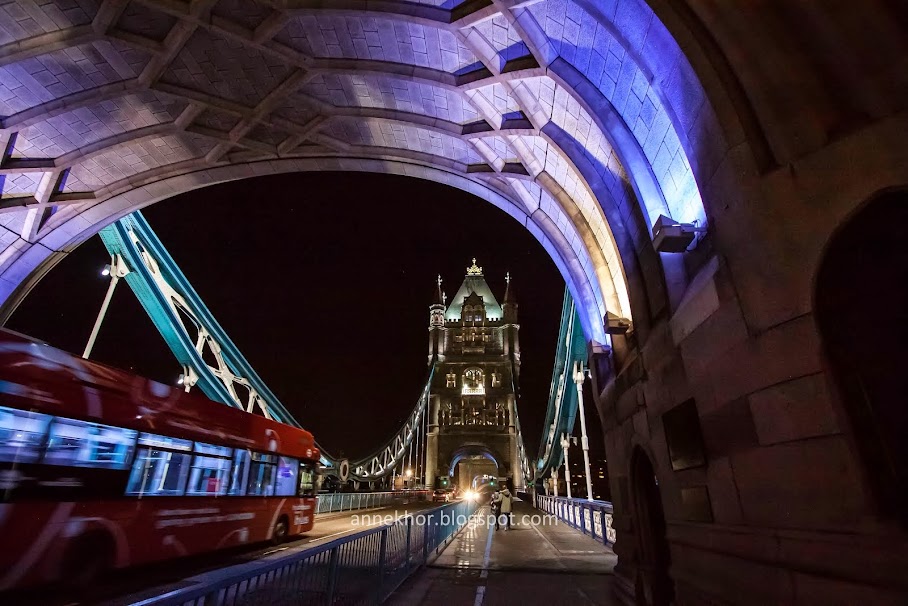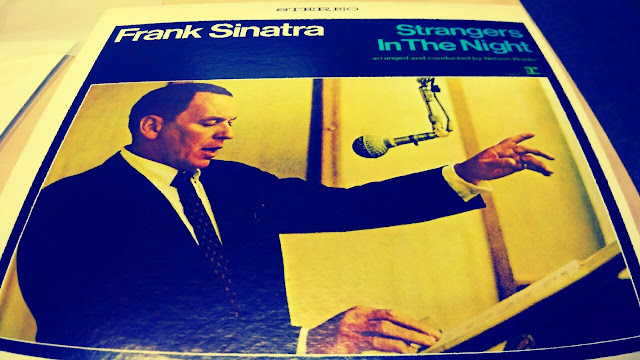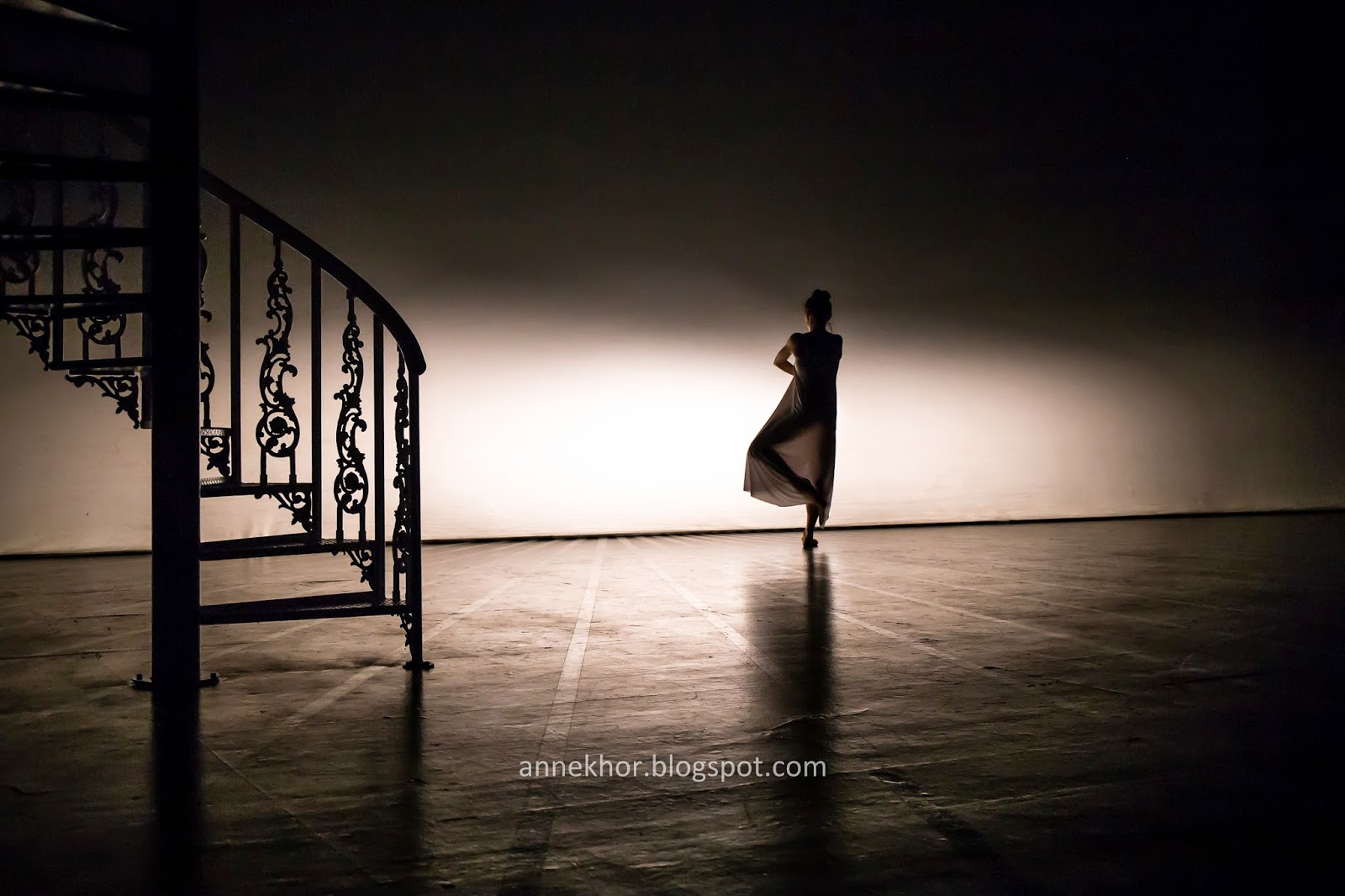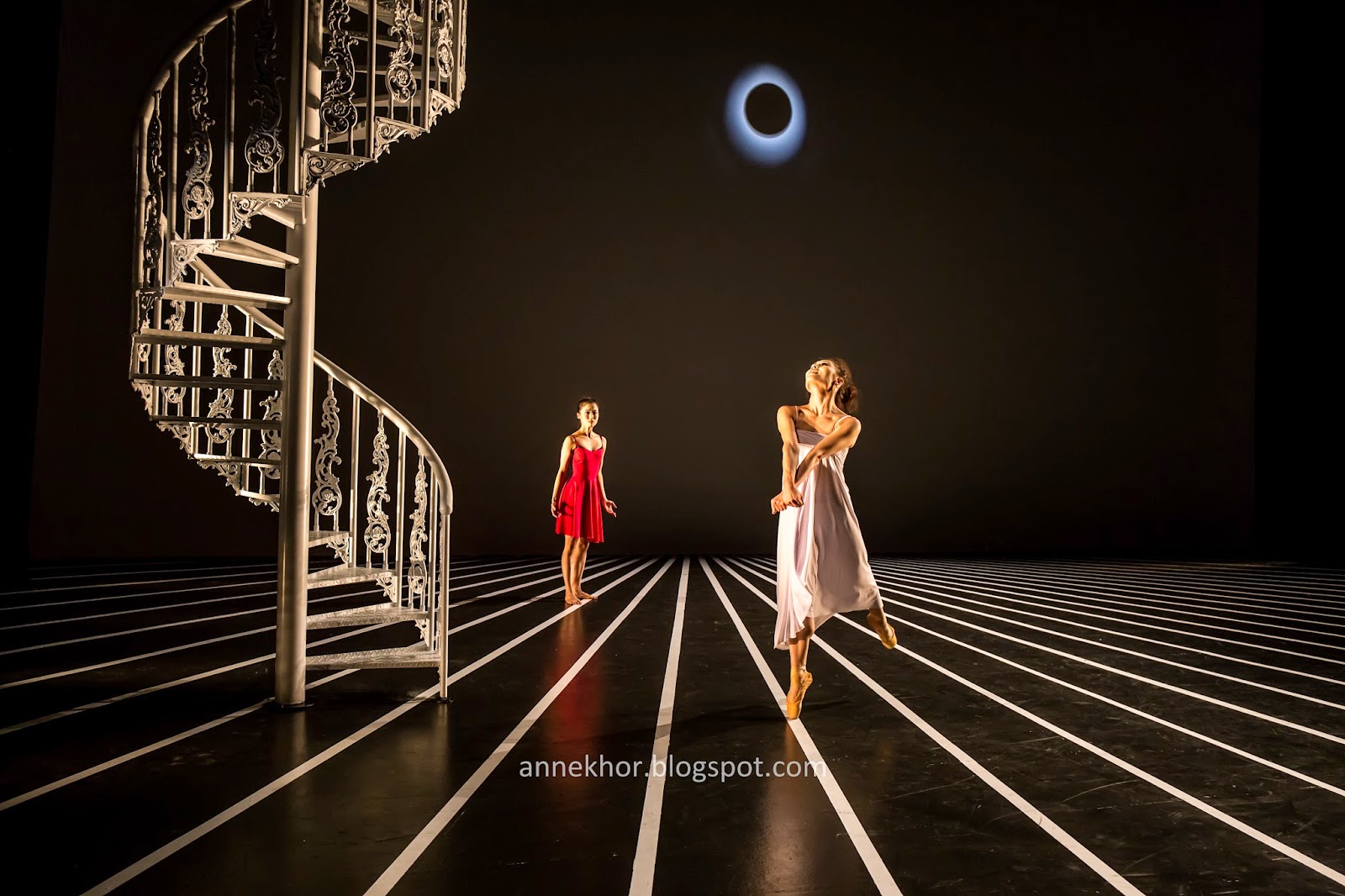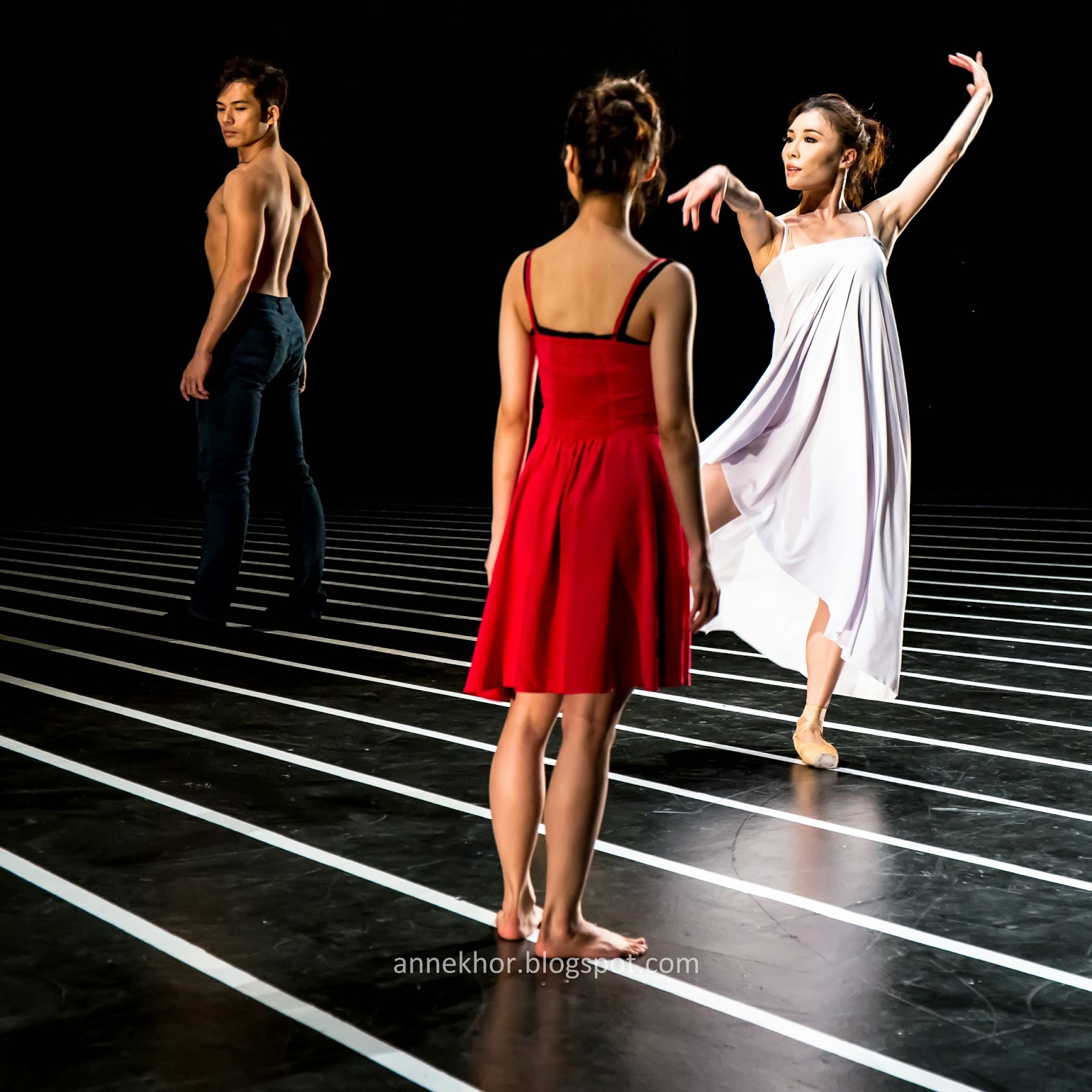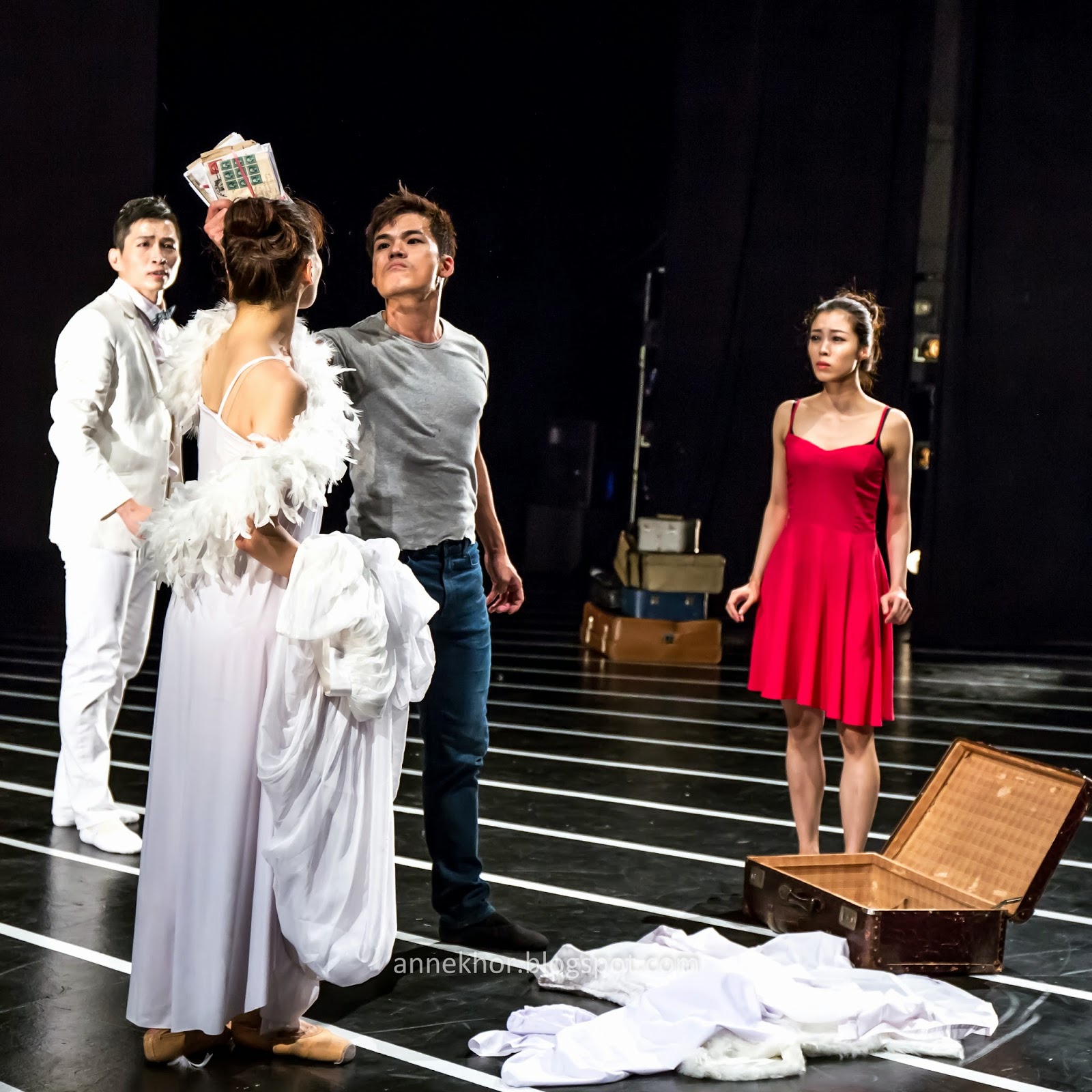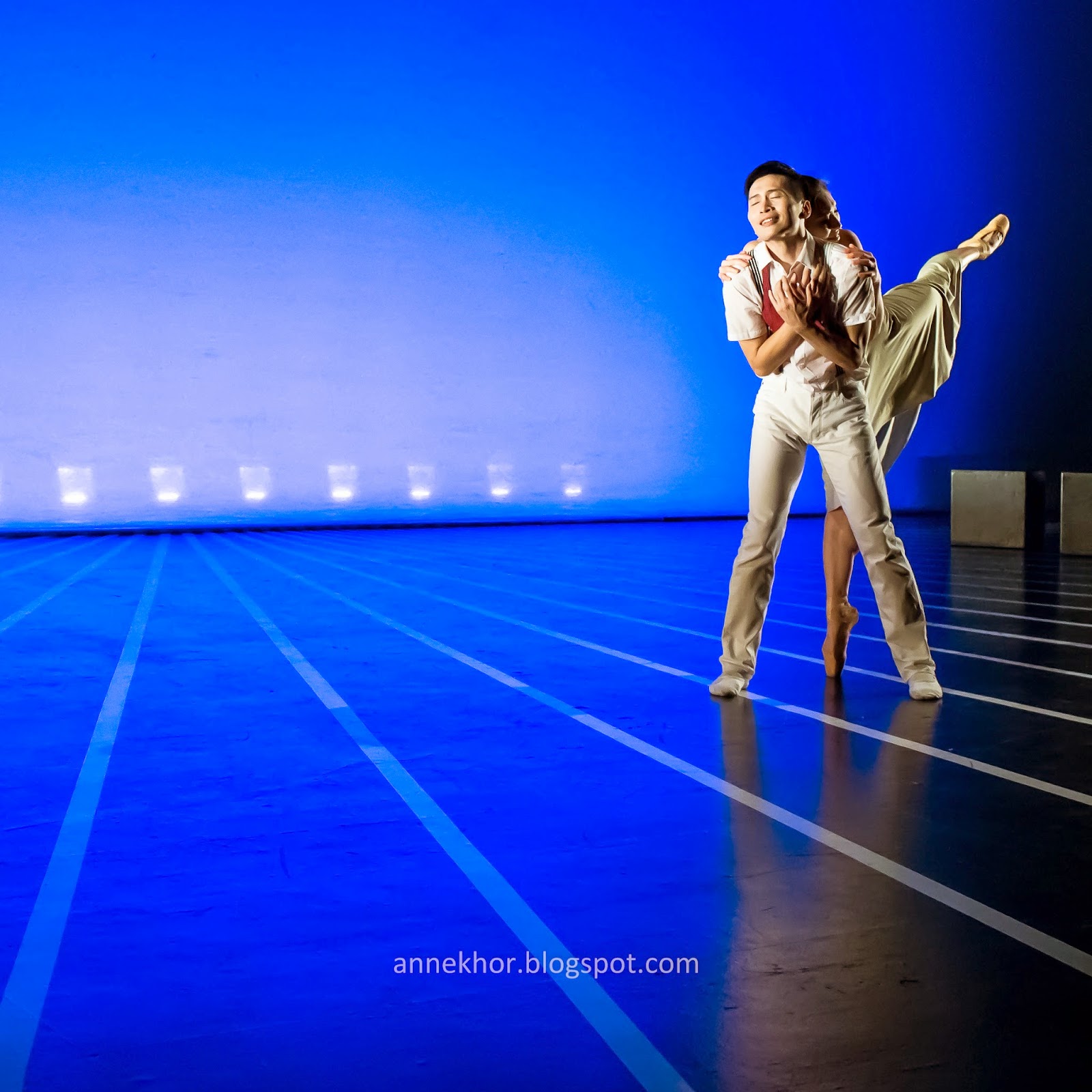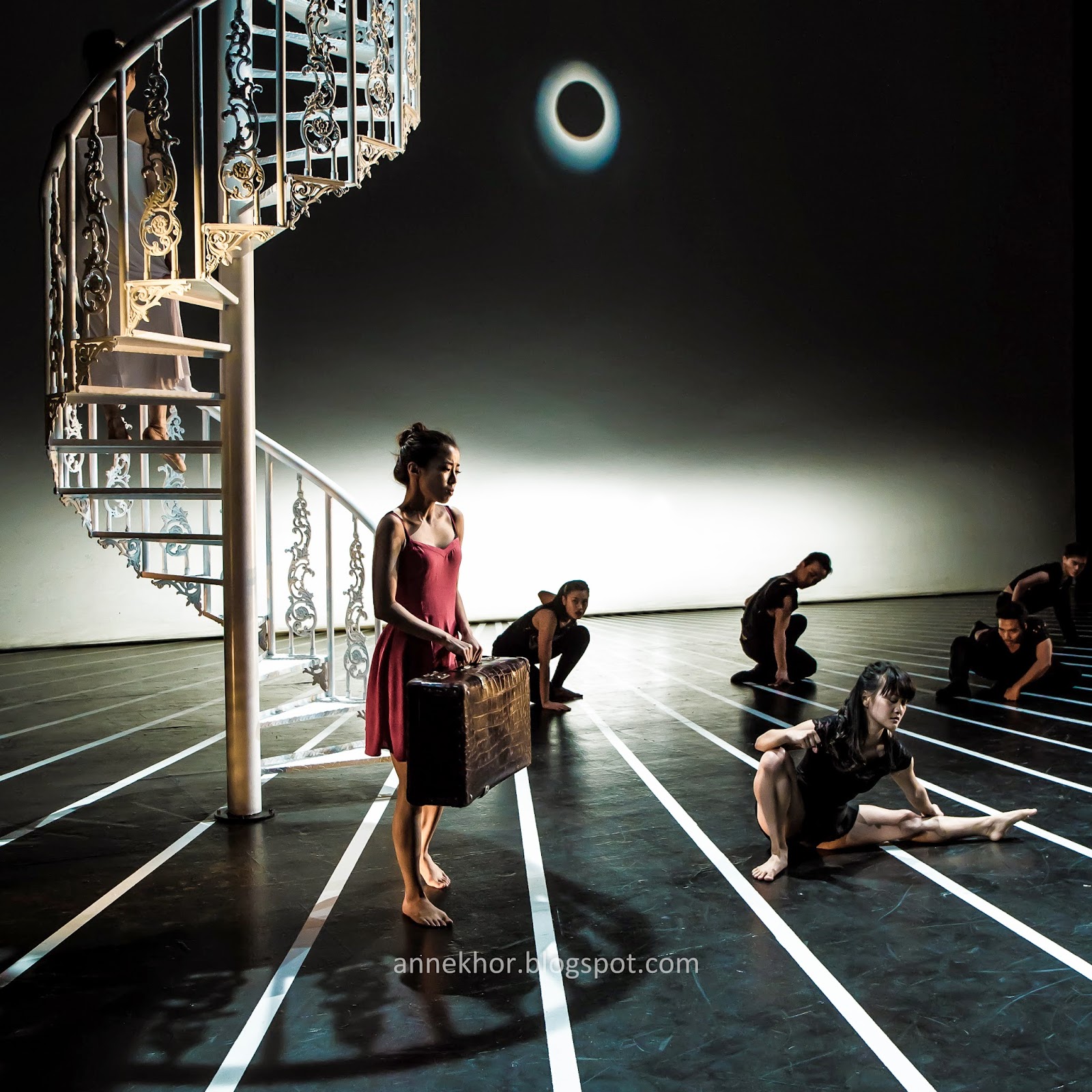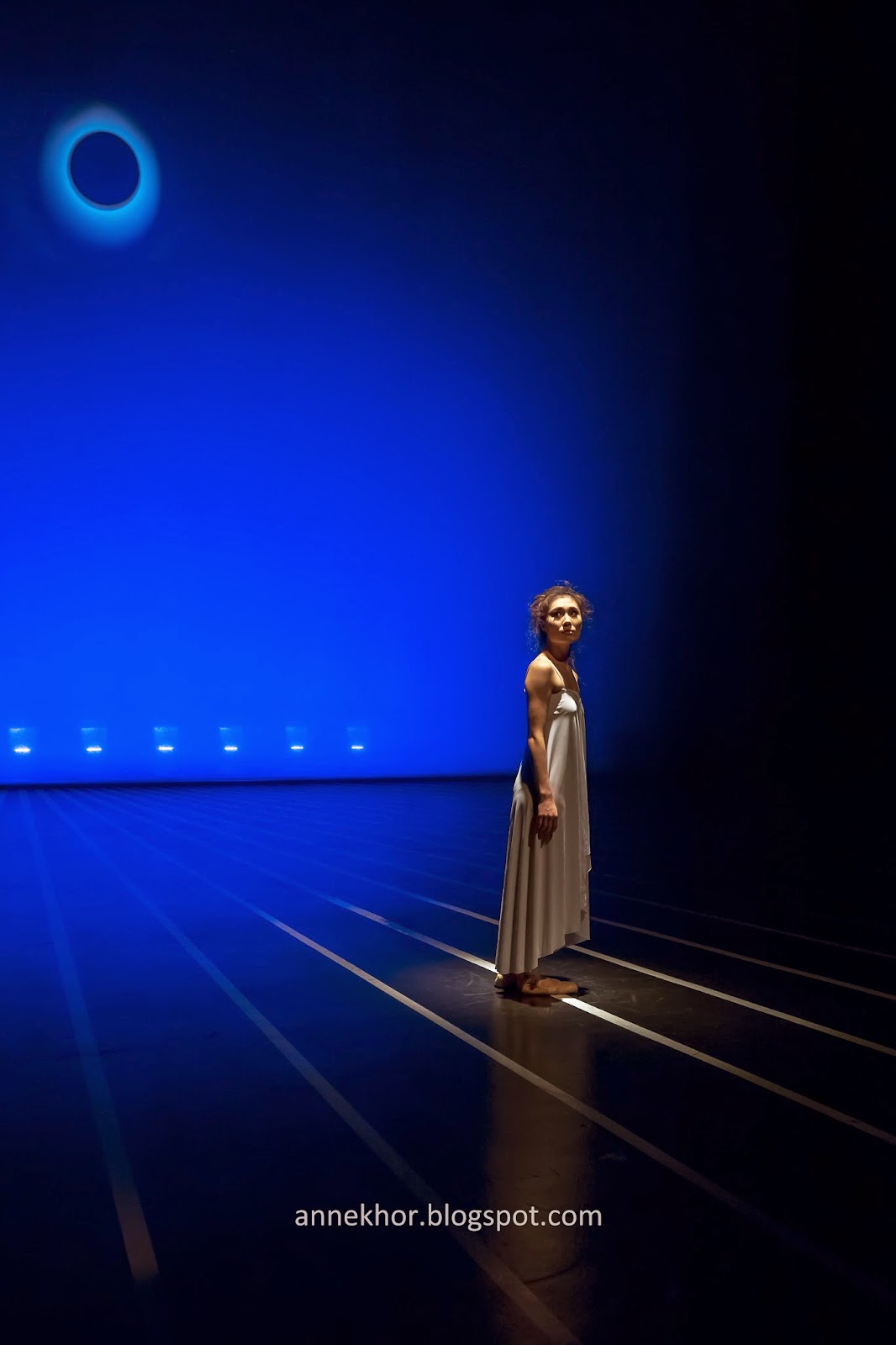 A journey through the ancient cities of Istanbul; a city divided by the Bosphorus Straits which connects to the Black Sea located in the southeast. Istanbul is uniquely the only city in the world that have both the western and asian influences. One part of the city lies in the
European continent while the other in the Middle East.
Just that fact alone is fascinating enough for any traveler to experience.
A journey through the ancient cities of Istanbul; a city divided by the Bosphorus Straits which connects to the Black Sea located in the southeast. Istanbul is uniquely the only city in the world that have both the western and asian influences. One part of the city lies in the
European continent while the other in the Middle East.
Just that fact alone is fascinating enough for any traveler to experience.
Istanbul the heart of Turkey is rich with cultural heritage of ancient empires and kingdoms.
It was called Byzantium, Constantinople and today Istanbul - have been the capital of three great empires - Byzantine, Roman and Ottoman. Each of these empires brings in new religions and traditions that makes up of Istanbul's architecture marvel today.
Arrived at Sabina International Airport after a quick flight transfer at Doha. We checked into an apartment located in Sultanahmet - the historical Asian side of Istanbul.
It's late but eager to be in Istanbul; its exploration time to check out the local convenience
store for food and water supply. Just a few doors away is a local grocery shop;
that also sells toasted sandwiches stuffed with cheese and ham. That's dinner for the night!
Next morning, awoken by the sounds of the morning prayers from the mosque.
It dawn on me that I would need to quickly get use to it.
Today, the exciting exploration awaits. Istanbul bears the past influences from the ancient
Byzantine , Roman and the Ottoman. A city exuding the charms of great emperors, sultans, kings and queens that once ruled this exotic land.
Topkapi Palace
At the beginning of the Ottoman Dynasty, Topkapi Palace was constructed by Sultan Mehmed the Conqueror in the 1460. The palace was built across 700,000 sq meters of the peninsula from Sea of Marmara, Bosphorus and the Golden Horn. It served as the administrative, educational and art center of the empire over four hundred years. Protected for its importance, Topkapi Palace today is a museum where historical artifacts were on display.

As one of the 'must-see' places in Istanbul, the palace can be quite crowded at about noon. So our plan was to get to the queue line before opening time. However, if its your 1st morning in Istanbul and you plan to walk from Sultanahmet area then it is advisable to leave an hour of so earlier.
The many distractions or attractions along the way will compel you to stop
for a photo or two or three!
Topkapi palace is a spectacular place indeed and is the largest and oldest palace in the world.
Its a palace that bears the classical example of Turkish palace architecture.
The different tiles, woodwork and architectural styles displayed in Topkapı Palace reflects the development of Turkish art and the harmonious existence of differing styles over the centuries.
In one section of the palace is where you can visit the Harem; where the concubines,
consorts and queen mother lives together with their children.
The great conqueror and emperor of the Roman empire, Constantine during his Roman conquests ventured to this far-away land across the Mediterranean sea and created a new great empire that he named Constantinople. The great emperor brought the Roman influences by constructing Roman basilicas with design that resemble the St Peter's church in Vatican city.
During his ruling, the emperor found that water were scarce in this new land; he ordered the construction of a massive aqueduct system both overland and underground that begin from the source that is located in the inner parts of Turkey. Water were channeled to the city and stored in an underground reservoir called Basilica Cistern.
The Basilica Cistern is a large underwater reservoir that supply water to surrounding palaces
in the city. The Romans have demonstrated their amazing engineering skills to
built these enormous underground and overland aqueduct systems.
I am truly amaze to be in this aqueduct and looking through the ancient pillars that stretch as far as eyes can see. You would wonder how big the system is because the excavation works is ongoing today. Of course, the attraction of this cistern is the Medusa heads. No one knows exactly
how or why the stone heads were there; but there were beliefs that Medusa heads
sculpture were placed there to wart off any bad/evil influences.
The cistern with its inverted Medusa head pillar was featured in the climax of the new Dan Brown novel Inferno featuring Robert Langdon. That is one movie which I can't wait to see.
Our final destination is the great Sultanahmet Camii or Blue Mosque with its cascade of opulent domes and slender minarets looming majestically over the large Sultanahmet square;
is Istanbul's most striking images. It's like keeping the best for last on our 1st day in Istanbul;
but also that it's closing time is later.
It is indeed an amazing architecture with its shiny Blue Iznik tiles that dominate the interior, it has 250 windows where the sun shines through. The interior is stunning, from the vast central dome designed to lift all eyes heavenward to the latticework-covered Imperial Loge and
the mihrab (prayer niche) containing a piece of sacred black stone from Mecca.
As the day is late, we stroll through the Sultanahmet gardens leaving the great mosque. Pondering the mystifying architecture and history of the places we have just visited. You can truly
understand why this city can be a wonder of the world by only being here.
Our adventurous day must end with a search for food; and there is only one thing that
we must eat and this is the Turkish delights.
